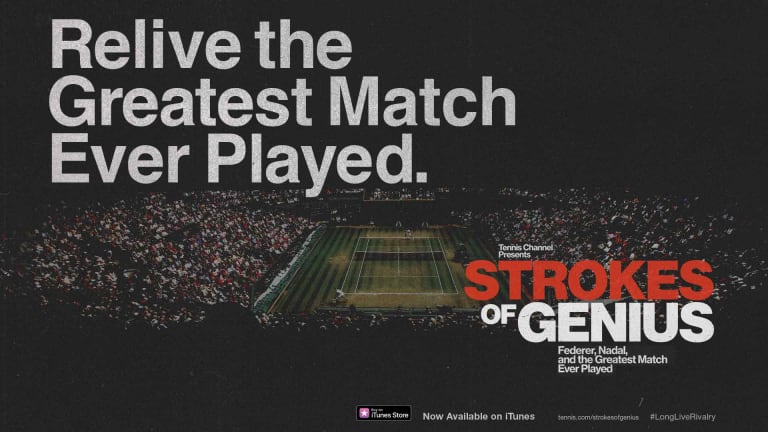The United States celebrated its 242nd birthday on Wednesday. What did the country’s two best tennis players of this century, Venus and Serena Williams, do to mark the occasion? They were doing what they usually do at this time of year: Keeping their country’s title hopes alive at Wimbledon. There are seven other U.S. women still alive in the draw, but only Venus and Serena have won the tournament before. They have 12 titles between them; none of their countrywomen have reached so much as a semifinal.
Venus made her debut at Wimbledon in 1997; she’s missed it just once since, in 2013. This year, at 38, she returns 12 months after playing her ninth final on Centre Court. Venus lost in the first round at the Australian Open and French Open this year, but was there ever a doubt that she would rise to the occasion at the All England Club?
By now, Venus has stripped away everything inessential about tennis. She doesn’t do on-court autographs or selfies. She rarely challenges line calls or celebrates winning points or wastes an ounce of energy on anything other than swinging her racquet. And she’s over the whole post-match interview thing. On Monday, after the media had spent 10 minutes squeezing only the barest amount of information out of Venus, a frustrated reporter finally asked, “Is it very boring for you to answer all our questions?” Venus laughed and said, “I have other stuff I need to do, like get ready for the next match.”
Getting ready doesn’t get any easier as the years go by, even when you have a day off. It turned out that Venus wasn’t quite ready for her second-round encounter with Alexandra Dulgheru on Wednesday. She started slowly and sluggishly, and lost the first set, 6-4. She played a point with a shoelace untied. She huffed and puffed between points. But she gradually raised her game to a place where Dulgheru couldn’t go.
WATCH—Match point from Venus' win over Dulgheru:
